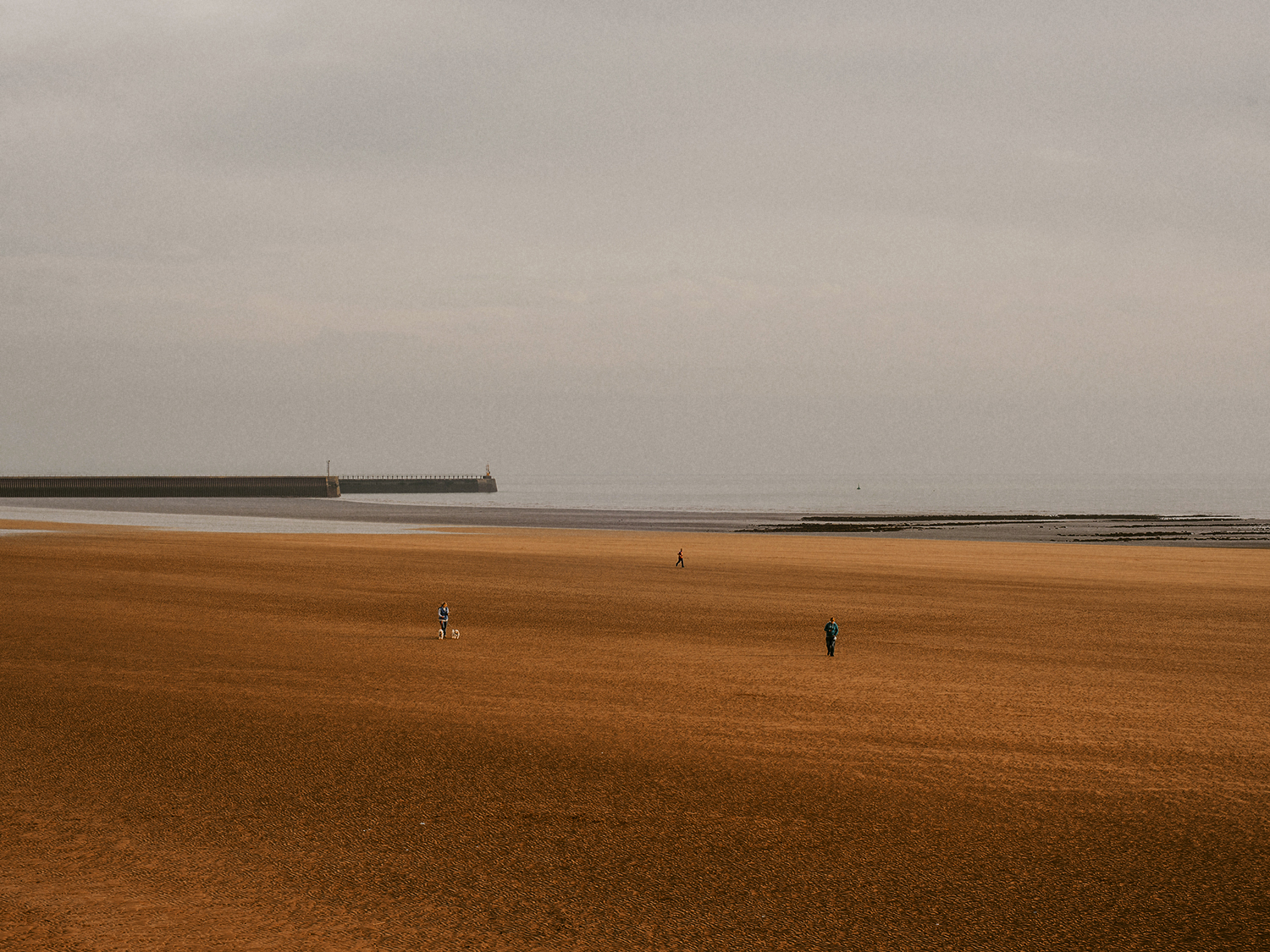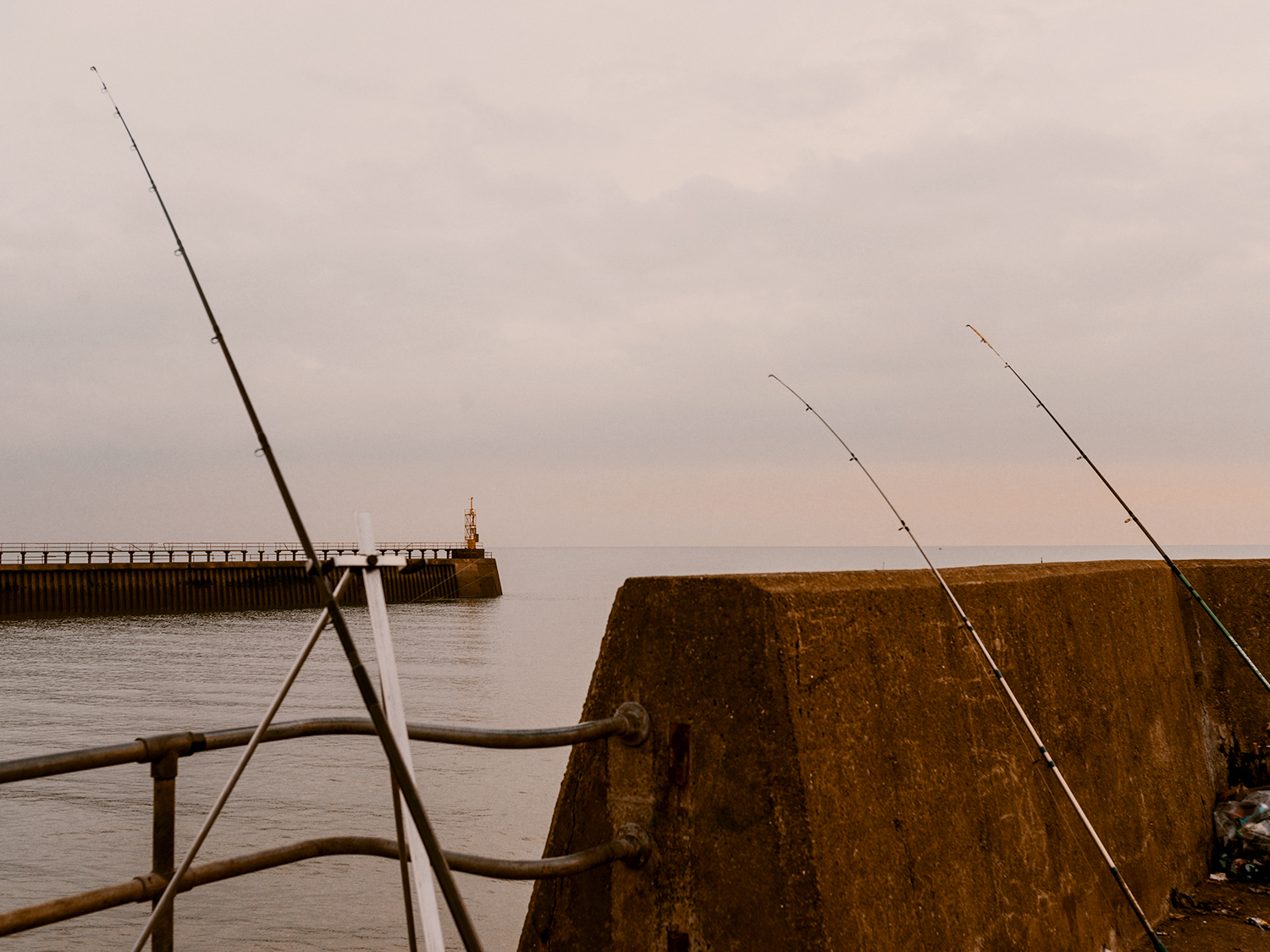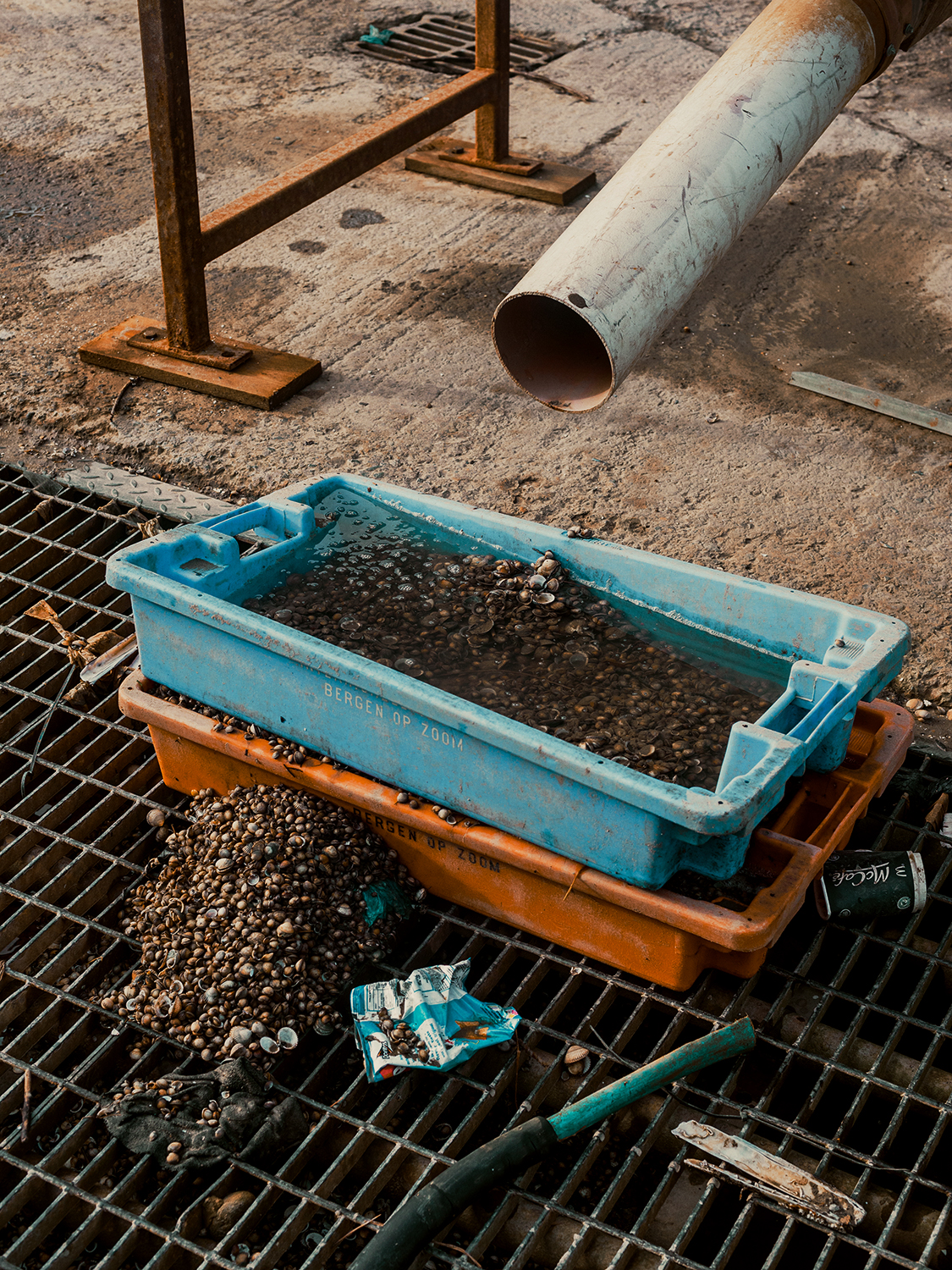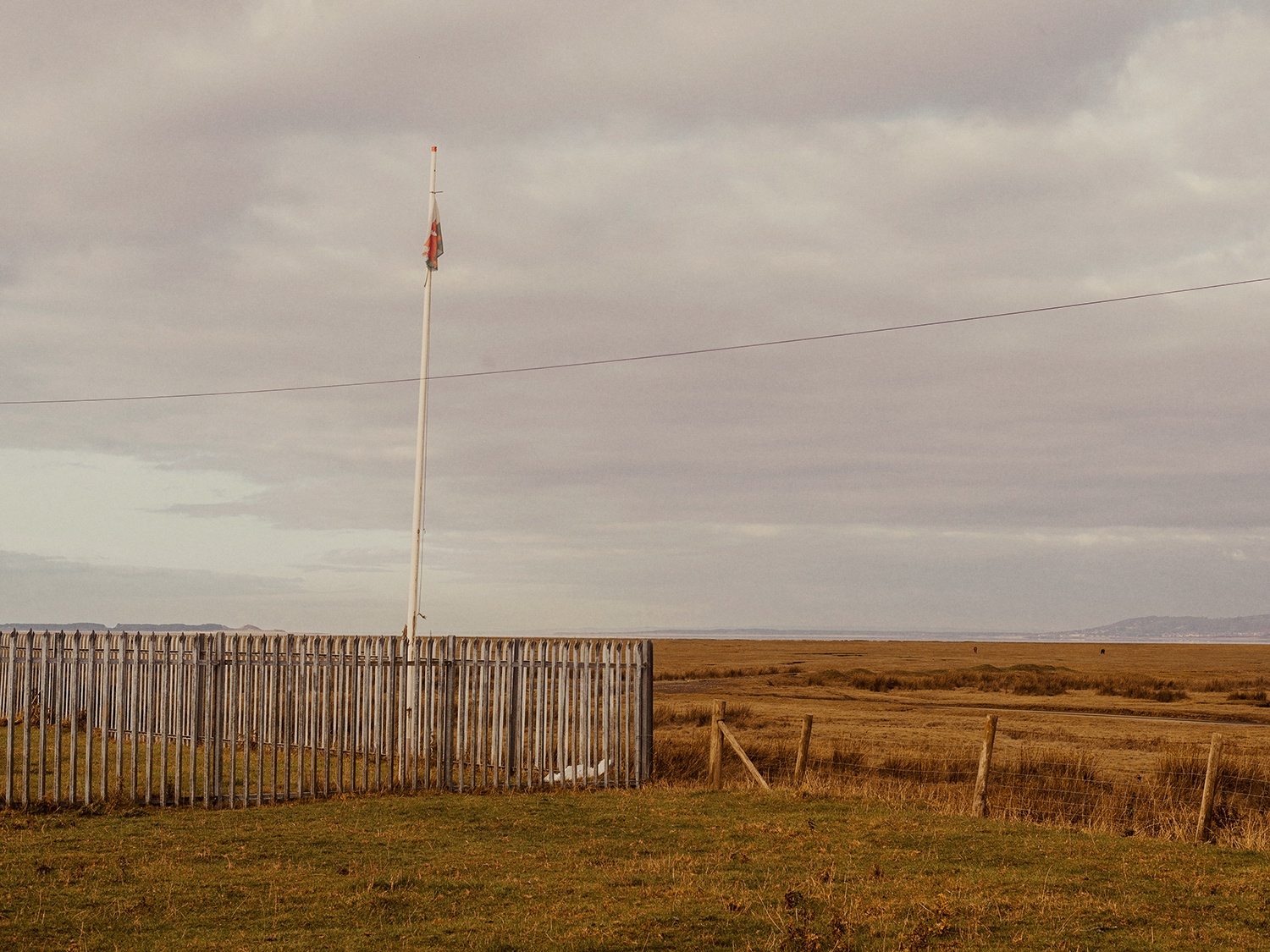Words by Stanley Greene in The New York Times
From the brackish, brown water of the bay, Swansea’s past fortunes are plain to see. The towers of blast furnaces rise from the east at Port Talbot’s struggling steel plant, where workers worry about the fate of their jobs. Swansea’s port, once among Britain’s busiest, now handles only modest commercial traffic.
On a nearby mud flat, local cockle pickers collect mollusks along the shore of South Wales, a nod to a previously bustling fish trade. A glimpse of the city’s future may lie beneath the surface of the water.
On a nearby mud flat, local cockle pickers collect mollusks along the shore of South Wales, a nod to a previously bustling fish trade. A glimpse of the city’s future may lie beneath the surface of the water.
One local company wants to build a series of enormous dams housing dozens of hydroelectric power turbines along the Welsh coast, harnessing the region’s tides. While the technology is still untested, its proponents say the project could generate huge amounts of emission-free electricity.
Like many once-powerful industrial centers, Swansea is trying to find a new engine of economic growth. If all goes as planned, the project could rejuvenate a lackluster economy by creating jobs, attract tourists with a distinctive design and fuel urban renewal.
Like many once-powerful industrial centers, Swansea is trying to find a new engine of economic growth. If all goes as planned, the project could rejuvenate a lackluster economy by creating jobs, attract tourists with a distinctive design and fuel urban renewal.















